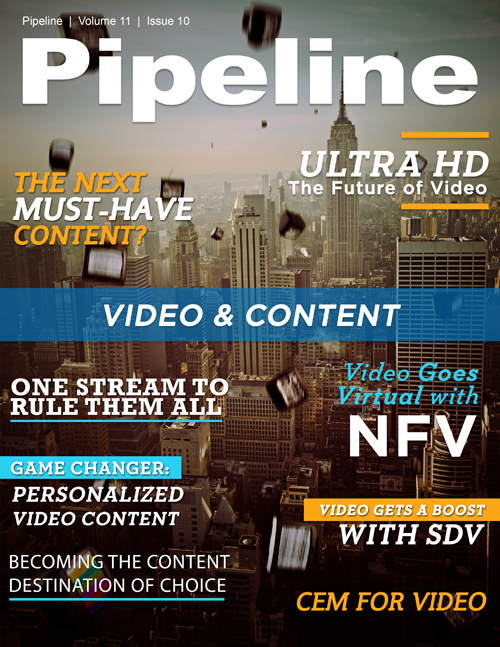What is the Next Must-Have Content?
Cutting Edge... Podcasts?
This might feel like a stretch, but bear with me. Podcasts are a decade-old technology, and the initial buzz has long fallen away… but that’s often when the good stuff happens. As the massive success of last year’s "Serial" demonstrates, the best days of pre-recorded, on-demand episodic content may still be ahead.
I had this thought in my head as I stumbled upon a recent blog post from Tim Wilson, a partner with Web Analytics Demystified, a Portland-based consulting firm. In it, he refers to the maturation of the podcast format and the successful launch of a for-profit firm (Gimlet Media) whose sole product will be podcasts. Advertisers are jumping on board, intrigued by access to an audience that can often be difficult to reach effectively otherwise. And though podcasts are on-demand, users often treat them like traditional appointment-based TV. They come back each week, eager for the latest installment of their favorite story and willing to endure a few 15 second ads peppered throughout.
Wilson points out, however, that the actual technology underpinning podcasts is pretty crude. Podcasters are responsible for finding a place to host the audio file and then just update an RSS feed. Once the audio file is delivered to the consumer, there’s no tracking of how many times it gets listened to, if at all.
Wilson’s interest is how this market might mature from an analytics perspective, but I see an opportunity in there for service providers to host more on-demand audio and provide robust information on the behavior of users who access it. It’s worth a try.
The Dreaded A La Carte
And after many years of discussion, debate, and occasional weeping, the video content momentum appears to be moving in the direction of unbundled, a la carte service. HBO and CBS are among the content producers now moving towards offering their program catalogs directly to consumers.
And to an extent, that’s been inevitable for some time. “The entire television model that we been using for decades is broken,” industry analyst, Jeff Kagan, told Pipeline. “The average customer watches 5 to 10 to 15 channels regularly. That's it. Yet they pay for hundreds that they never watch.”
So that’s great news for cord-cutters and over-the-top players, but terrible news for service providers, right?
The answer could be a little bleaker than that. Wired ran a great article a few months ago urging those rooting for “the great unbundling” to be careful what they wish for, as content producers may reach a point at which they pull their content from channels like Netflix and Amazon Prime in an effort to shore up their own paying audiences. Then cord cutters are stuck with a dozen different 4.99/month subscriptions and as many individual interfaces for accessing content. It’s not the most user-friendly model.
Eric Buchman at DigitalTrends has gone a step further, suggesting that the thirst for a la carte has doomed pay TV… but has also signed a death warrant for services such as Netflix. After all, just as it’s a pain to pay for channels you don’t watch on cable, why would you want to pay for the thousands of movies and shows you never watch on Netflix? And heck, why subscribe to a channel like HBO? Are channels not just little curated bundles? Why not subscribe to individual television shows?
Buchman points out that the model that’s been used for movies for decades works just as well for TV shows. I’d argue that this model is already being used by many who subscribe to specific shows through services like Amazon or iTunes. So why not get them directly from the content producer?
Personalization
Frankly, the whole proposition starts to feel pretty messy. It takes a whole lot of effort to achieve that level of customization. That’s why there’s an opportunity to leverage the visibility that service providers have into the behavior and preferences of their customers and use that to offer personalized bundles that feel custom but keep the provider in the loop.
We wrote about personalization from a number of angles in last month’s Pipeline, and at the risk of repetition, I think it’s a trend that resonates particularly well in the discussion of the next must-have content. The must-have content for providers is the content that consumers view loyally and are willing to pay for. Traffic analysis and CEM solutions give providers the tools they need to meet their customers where they are. And that’s the future of content.


















